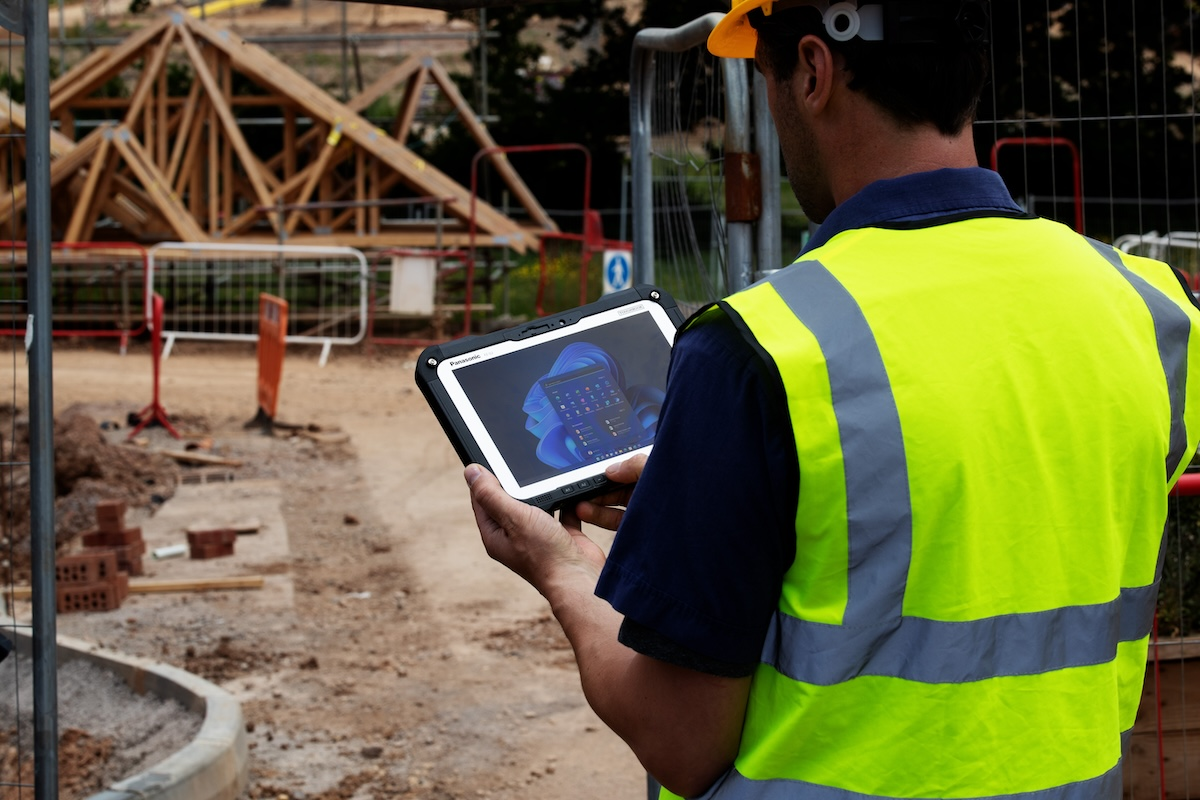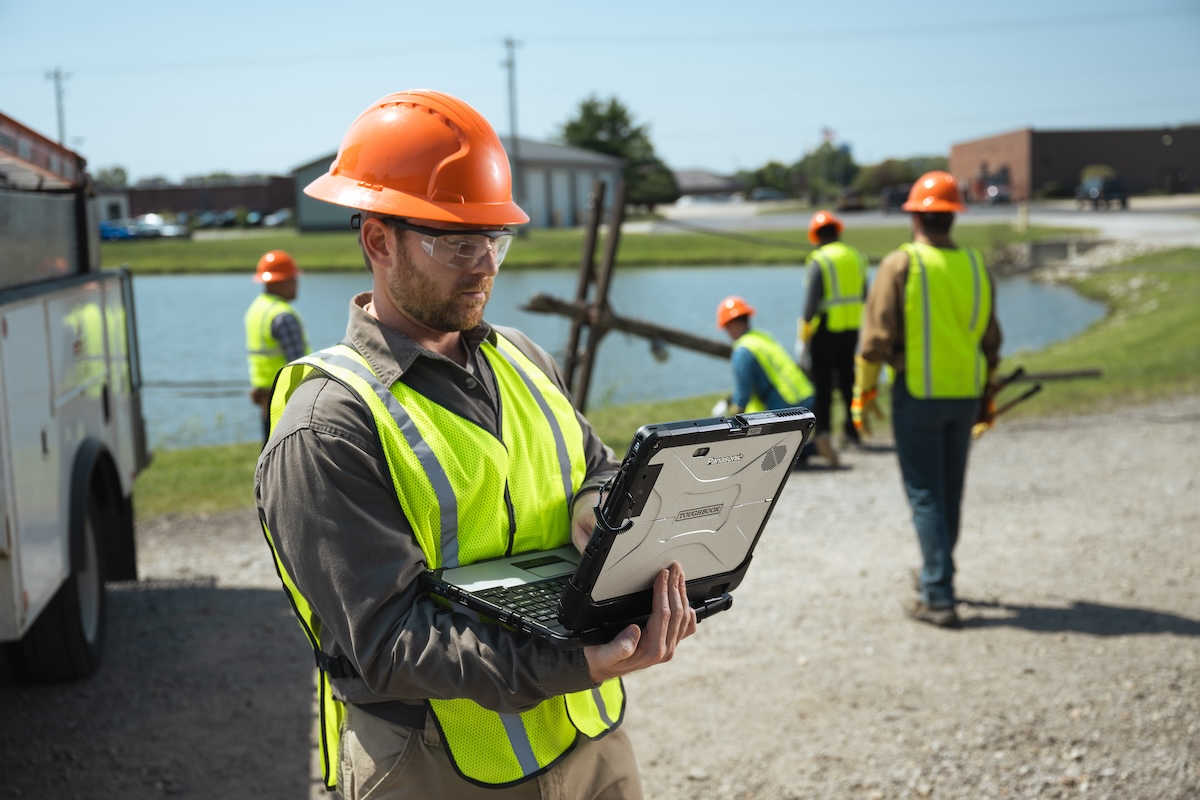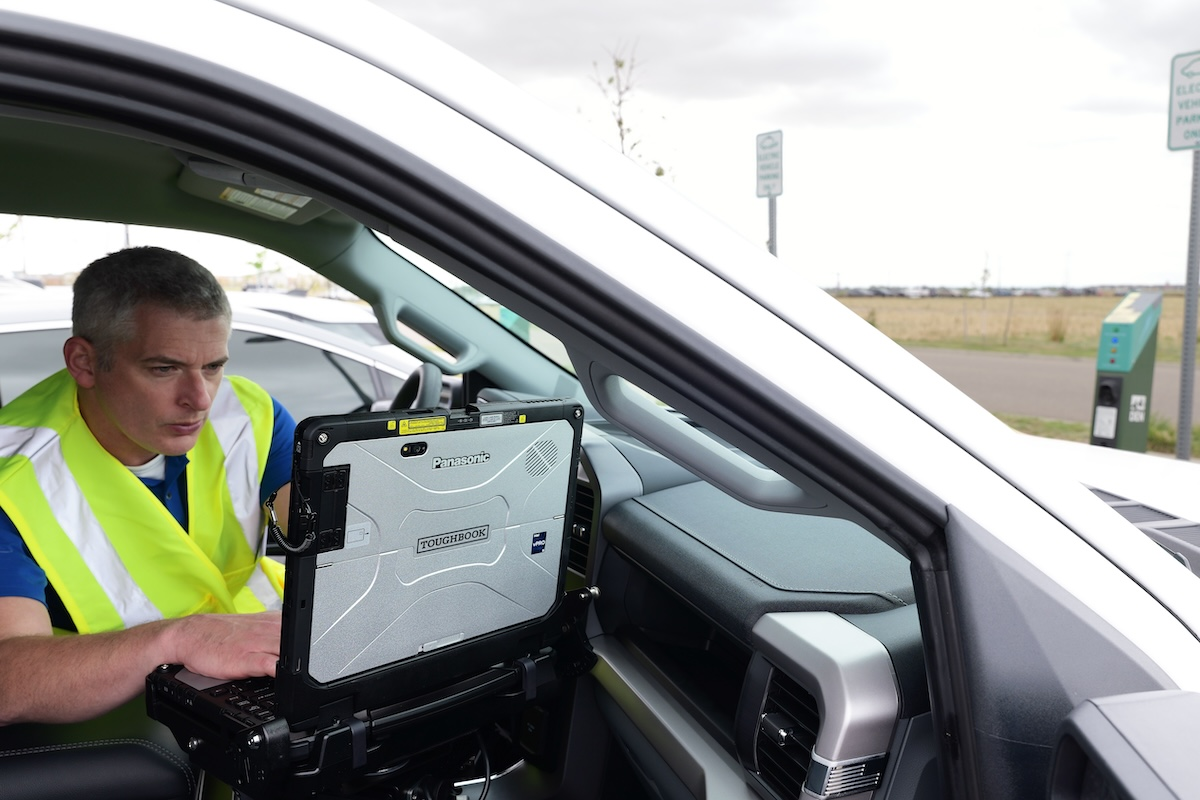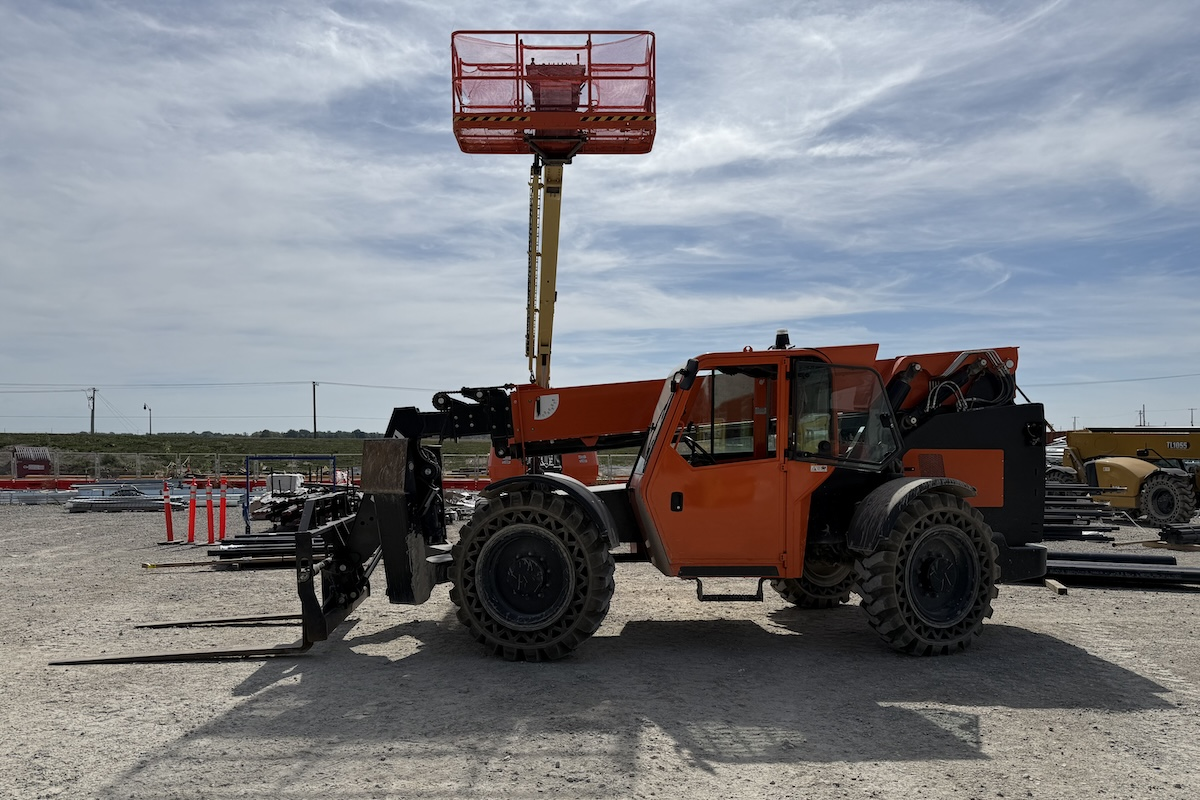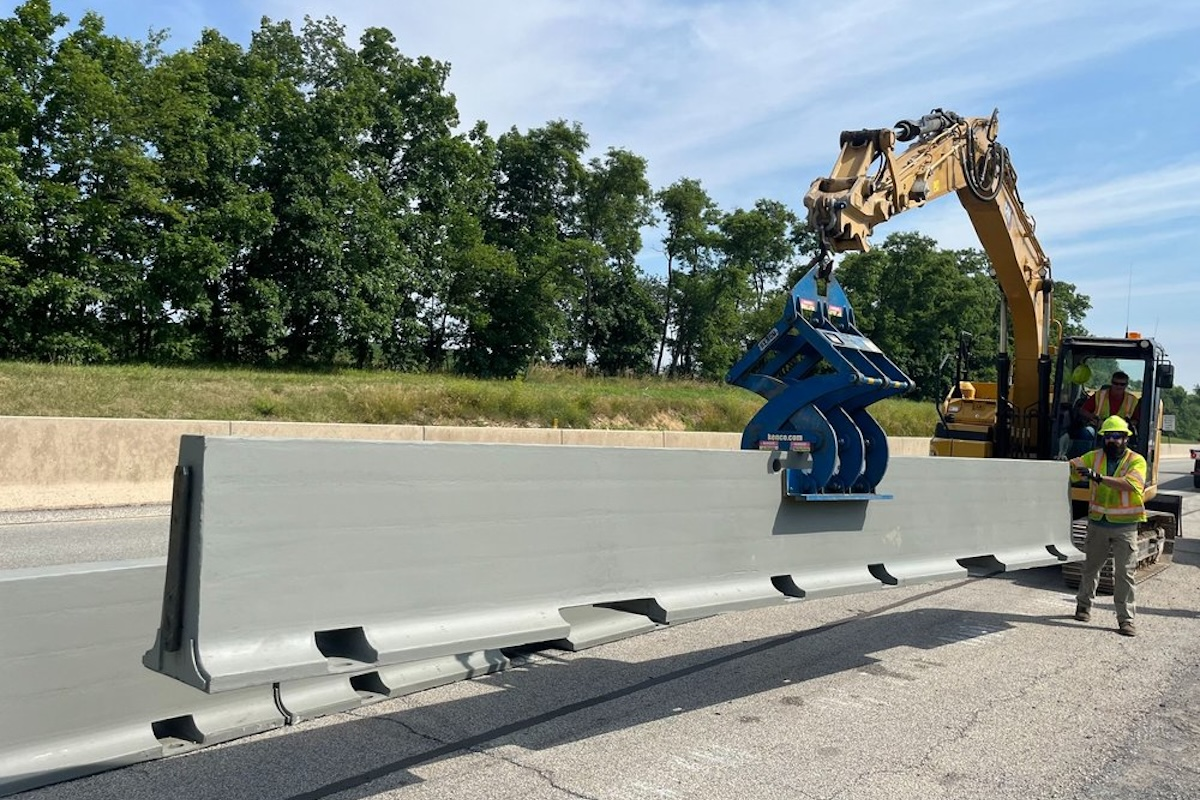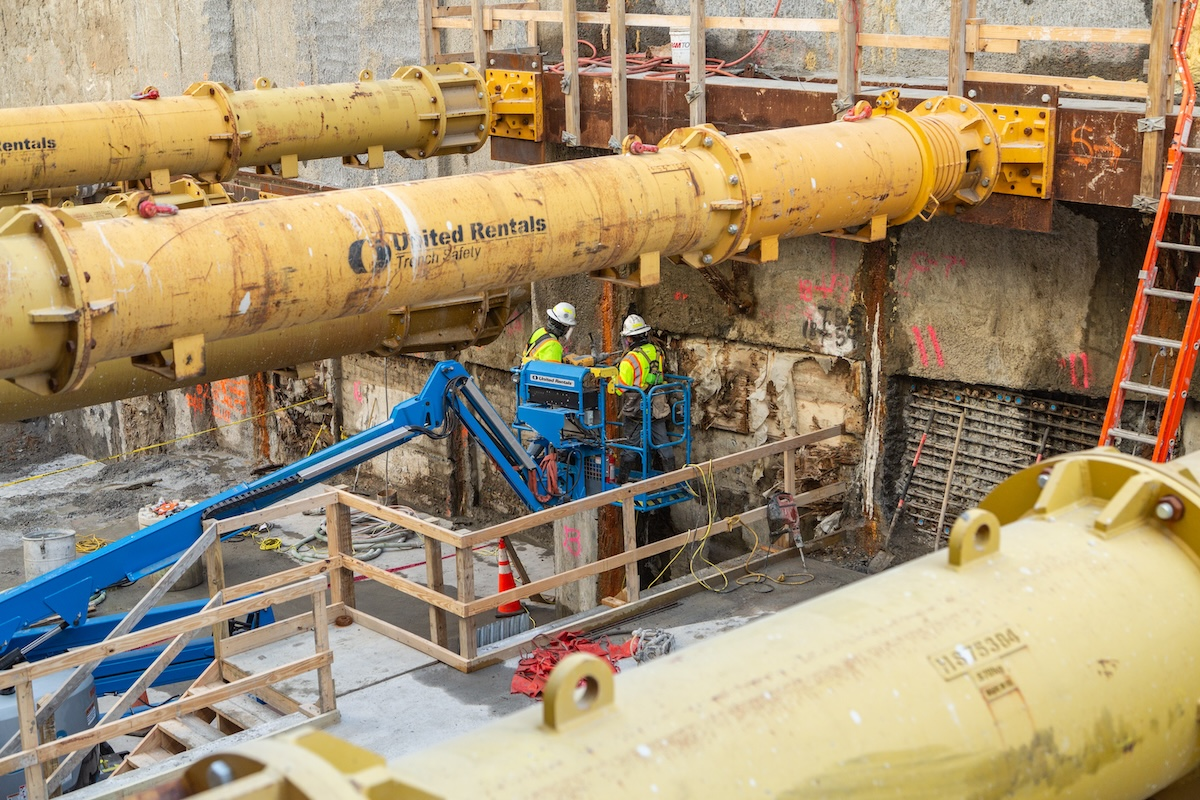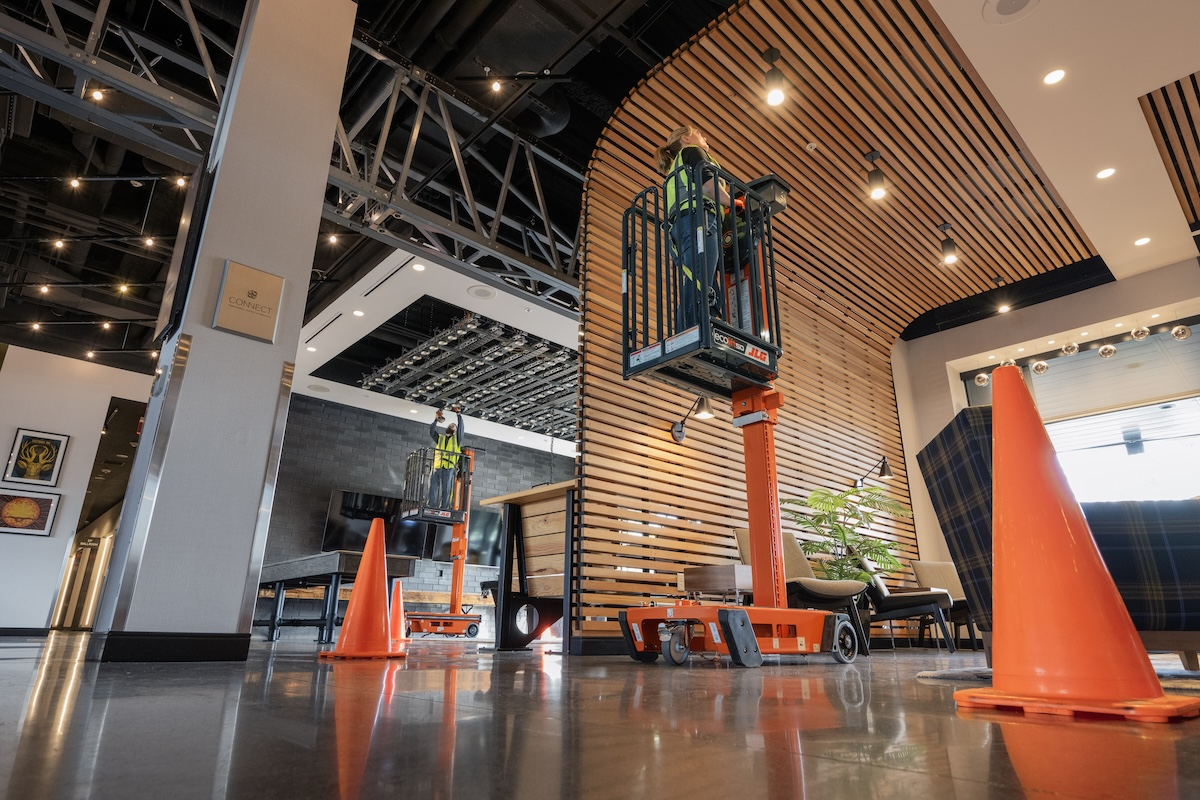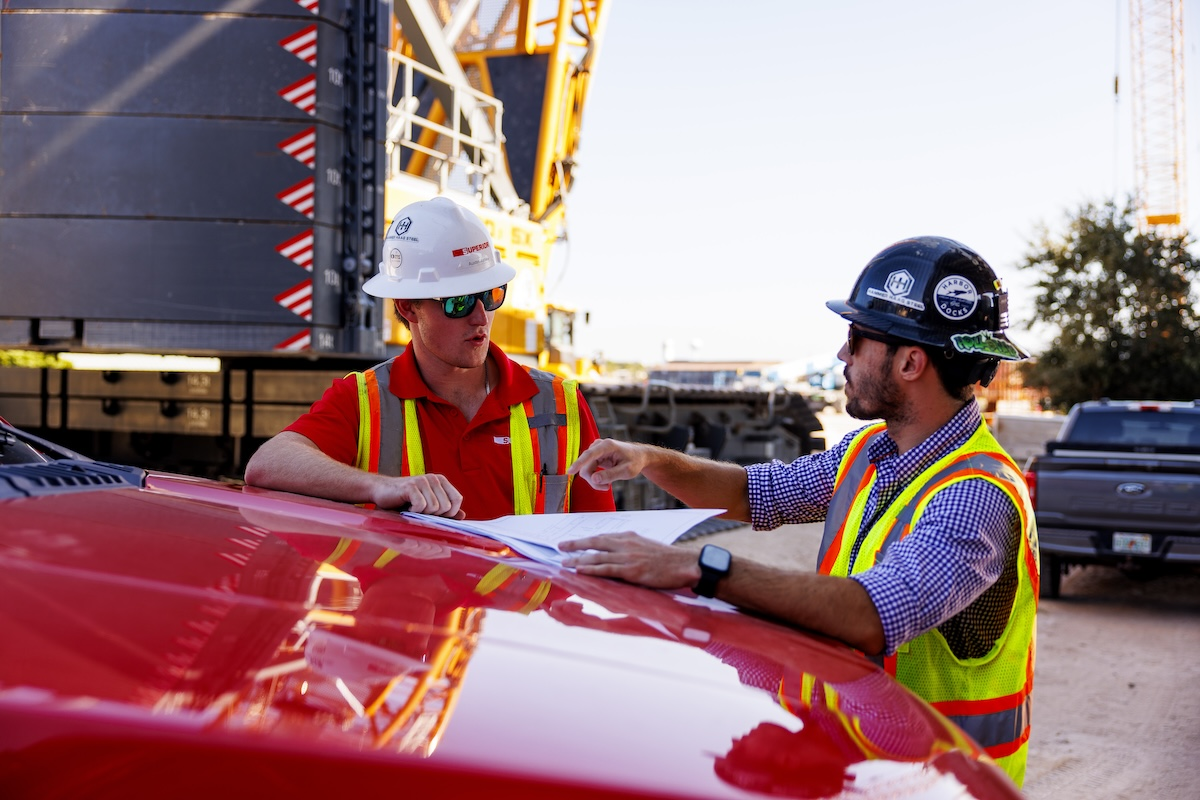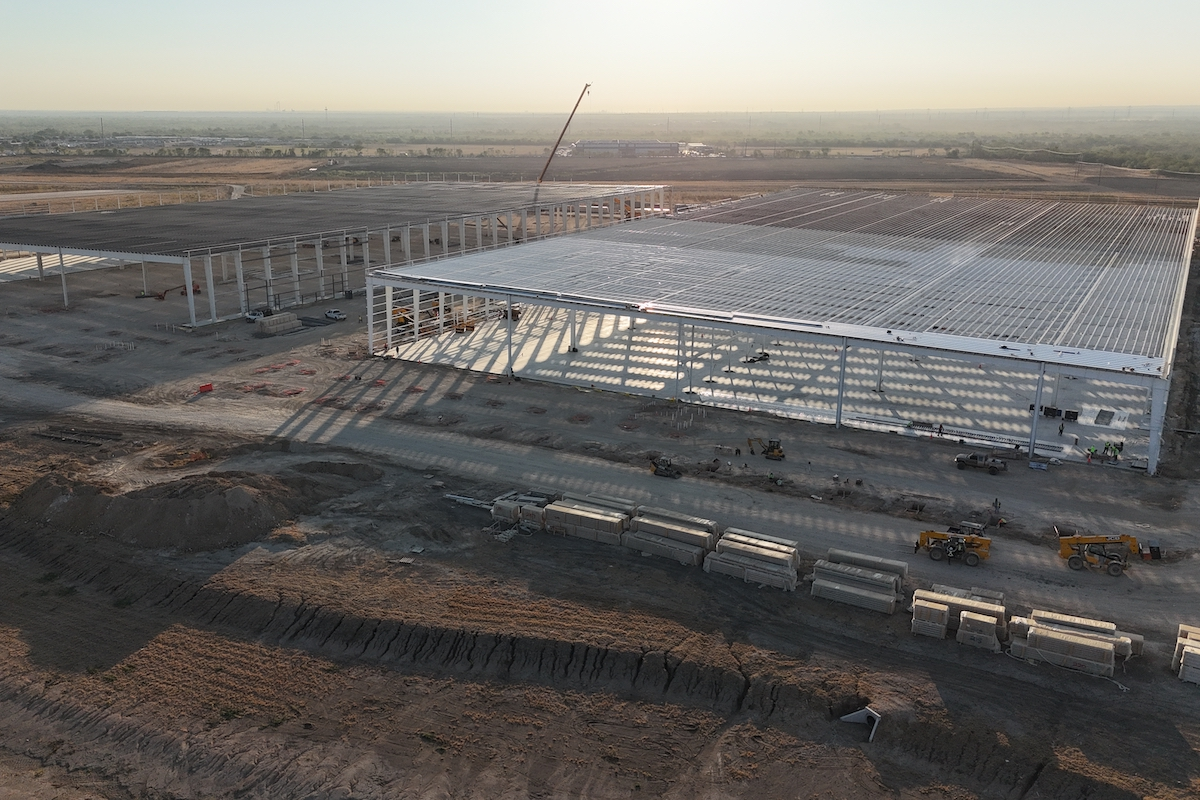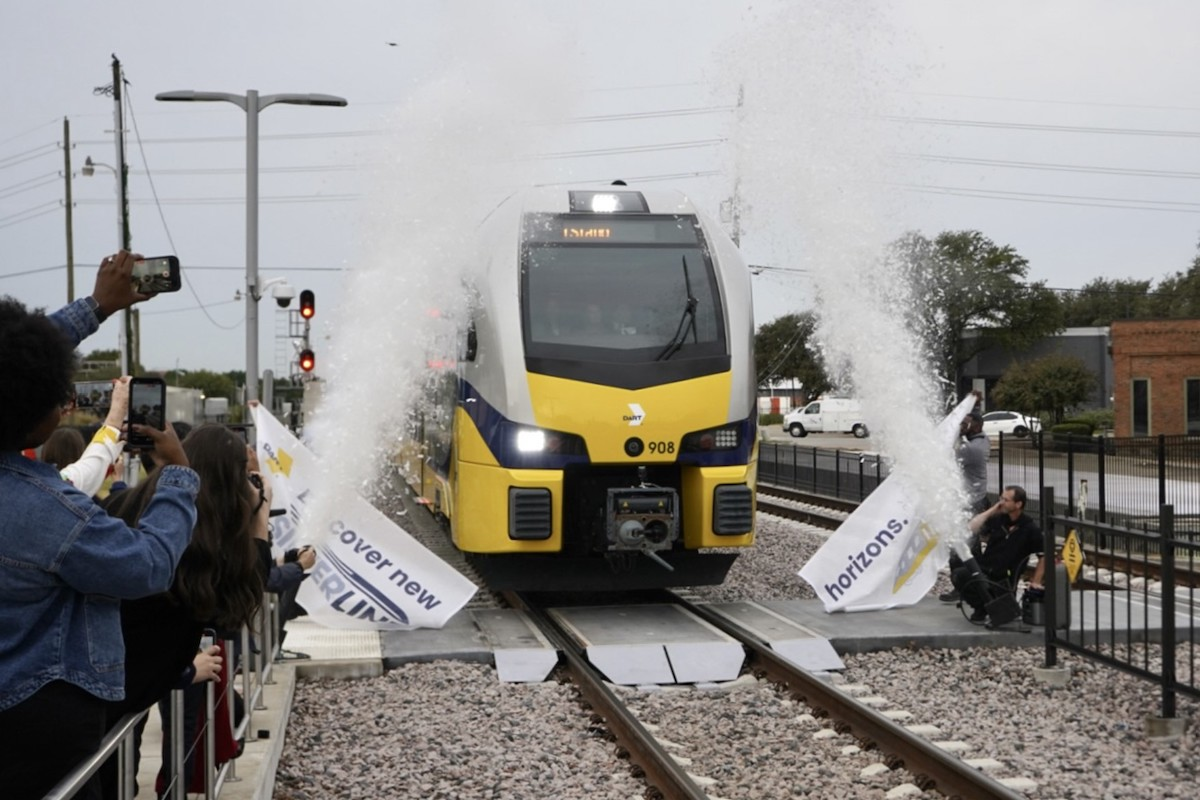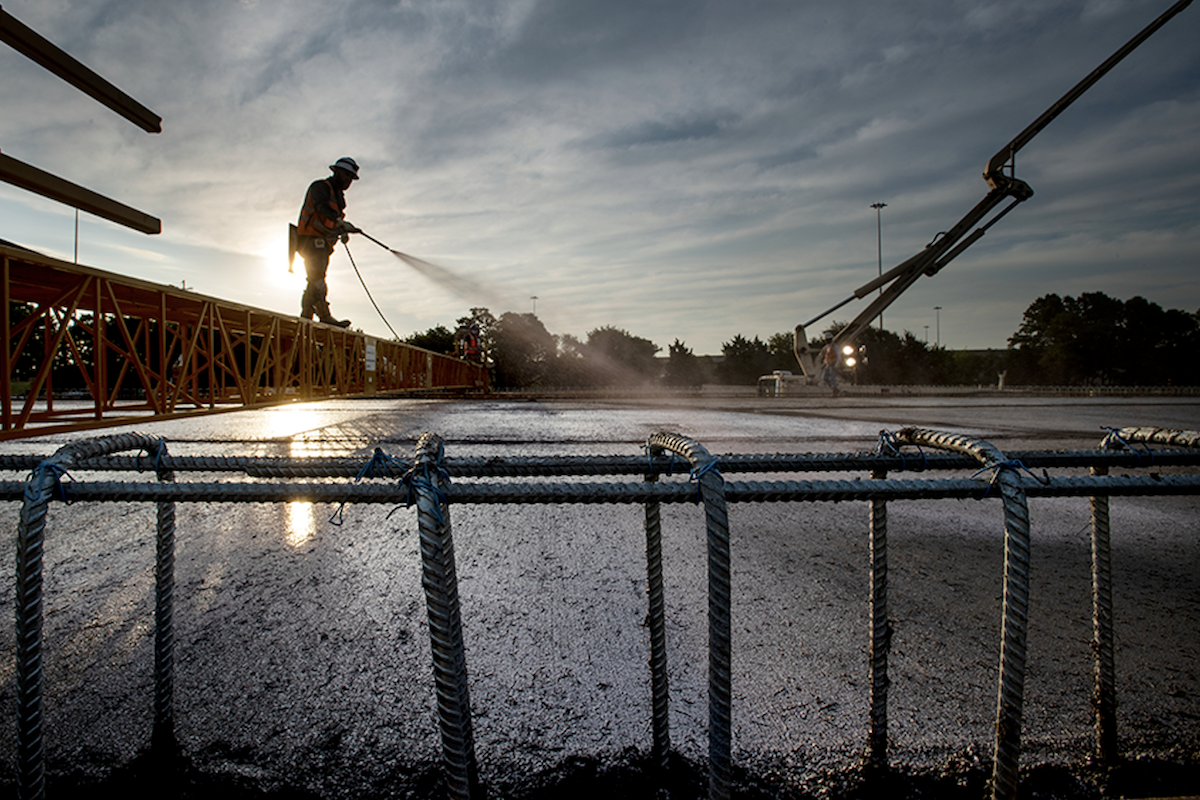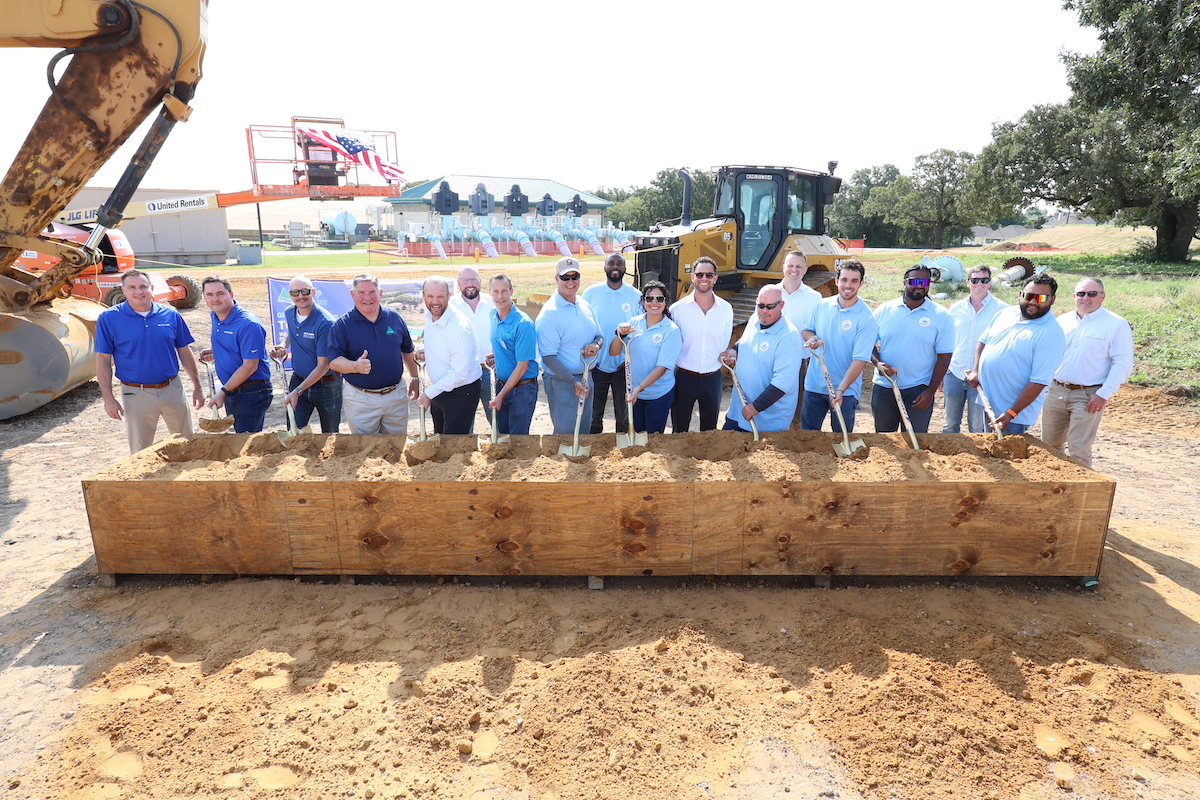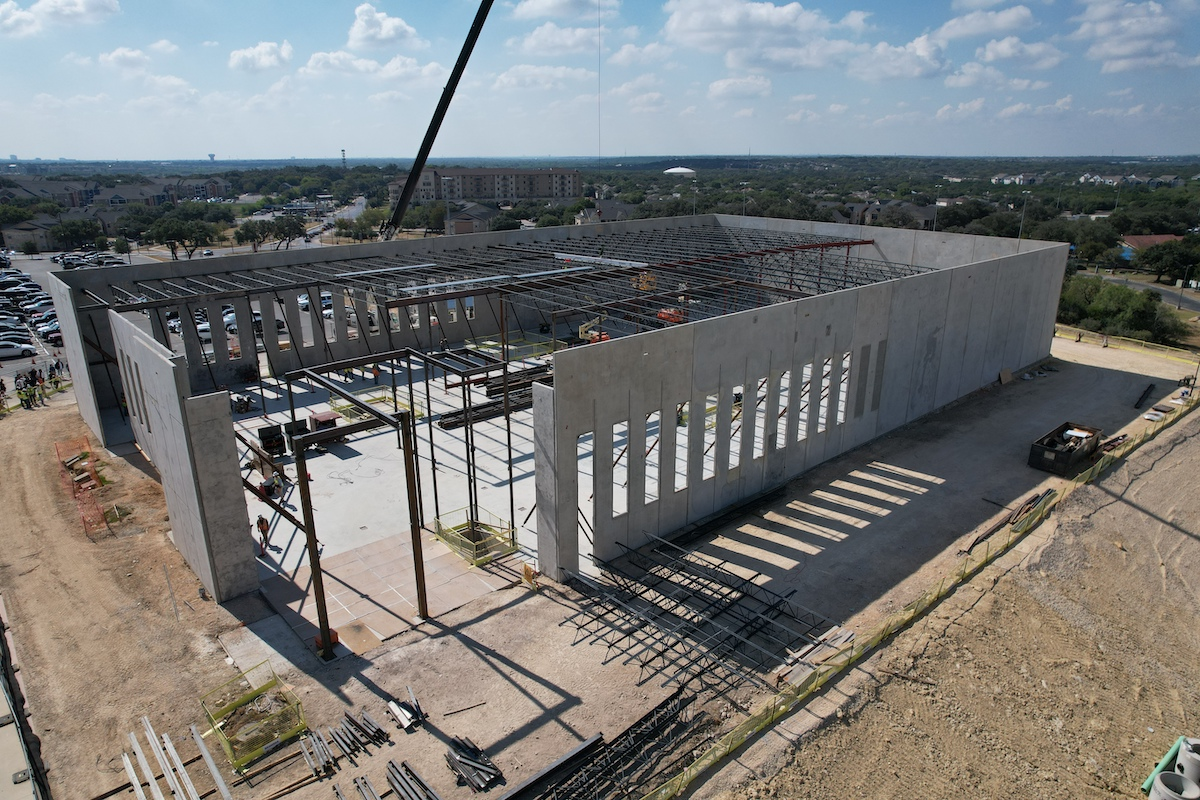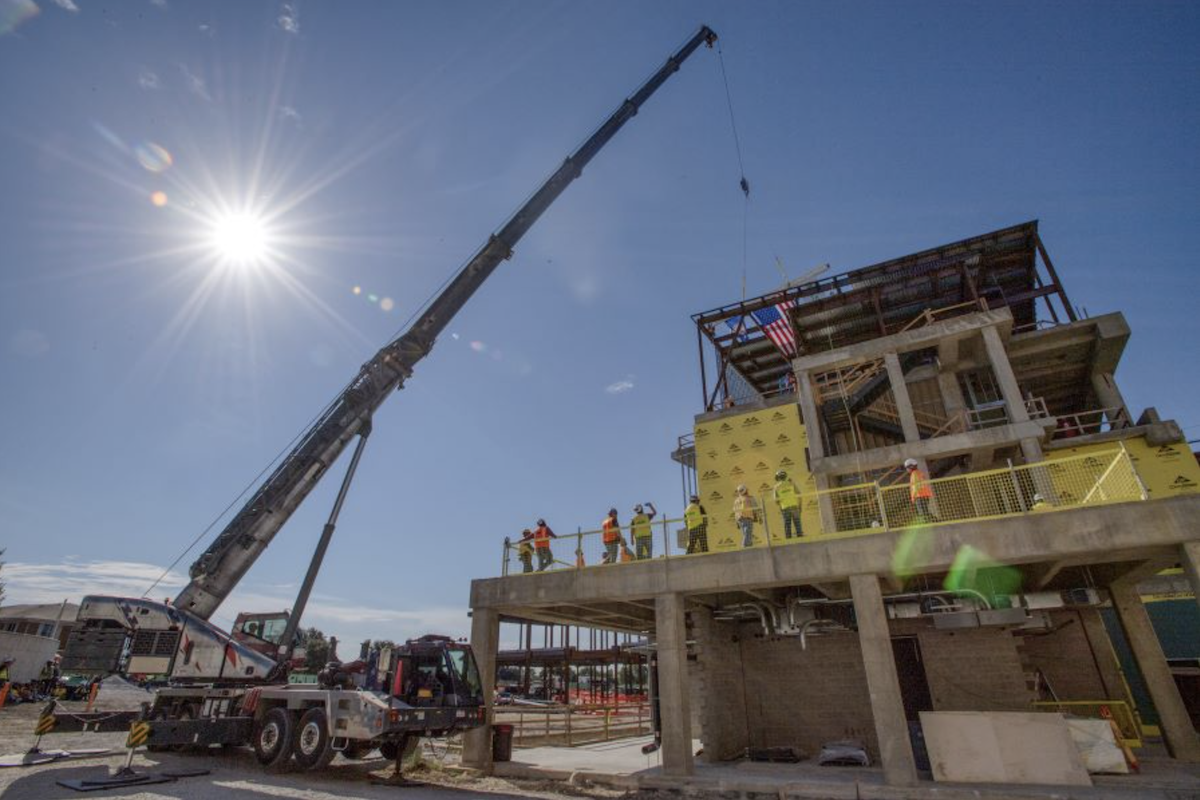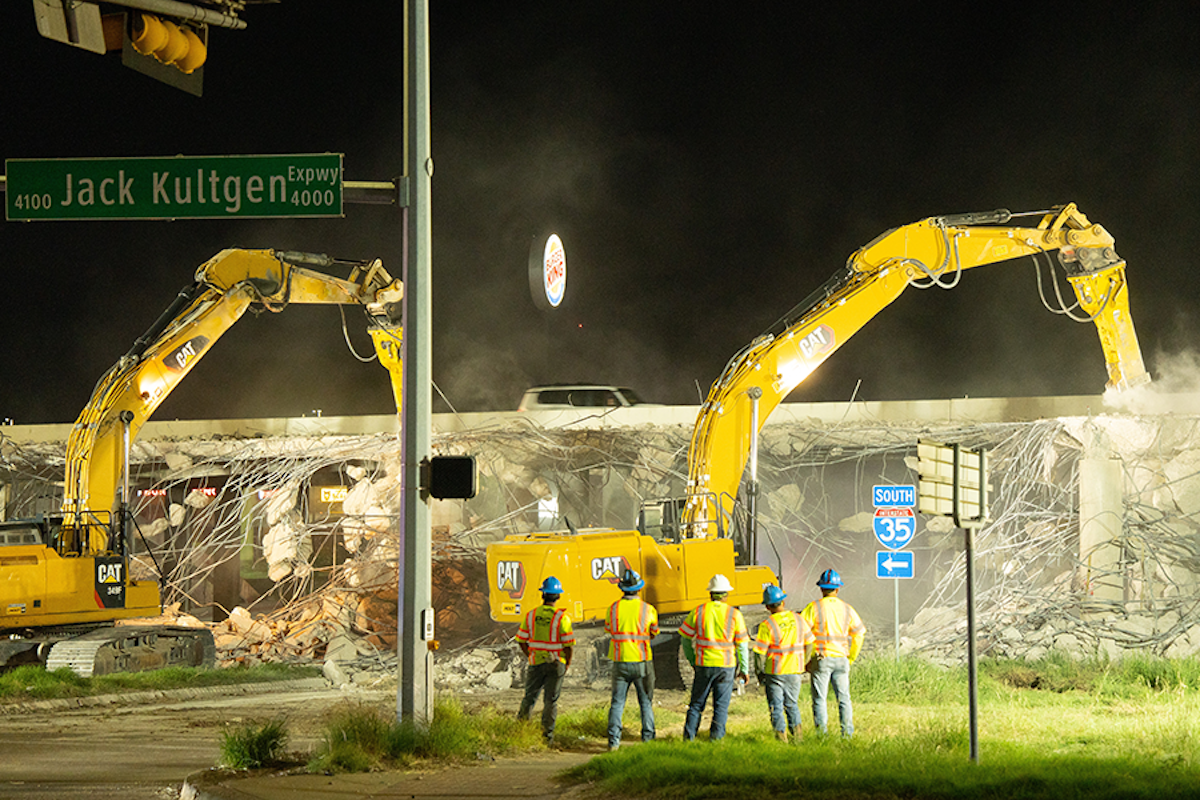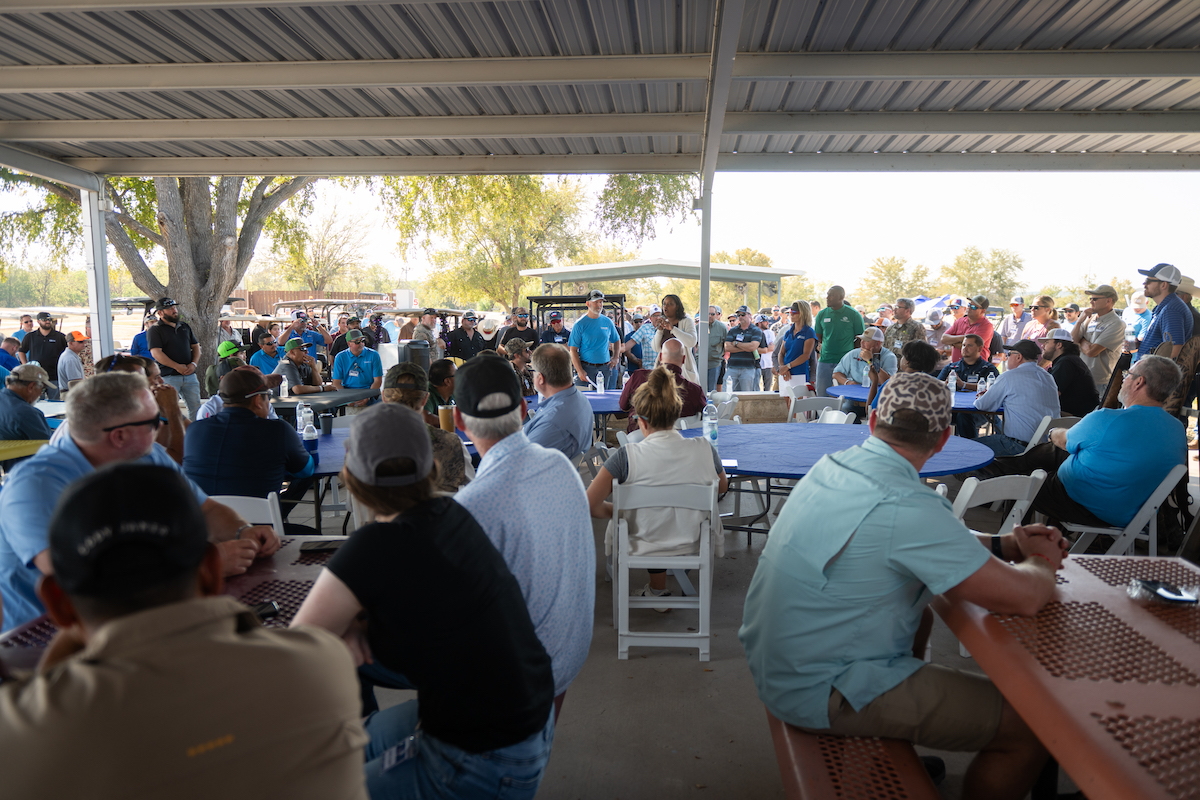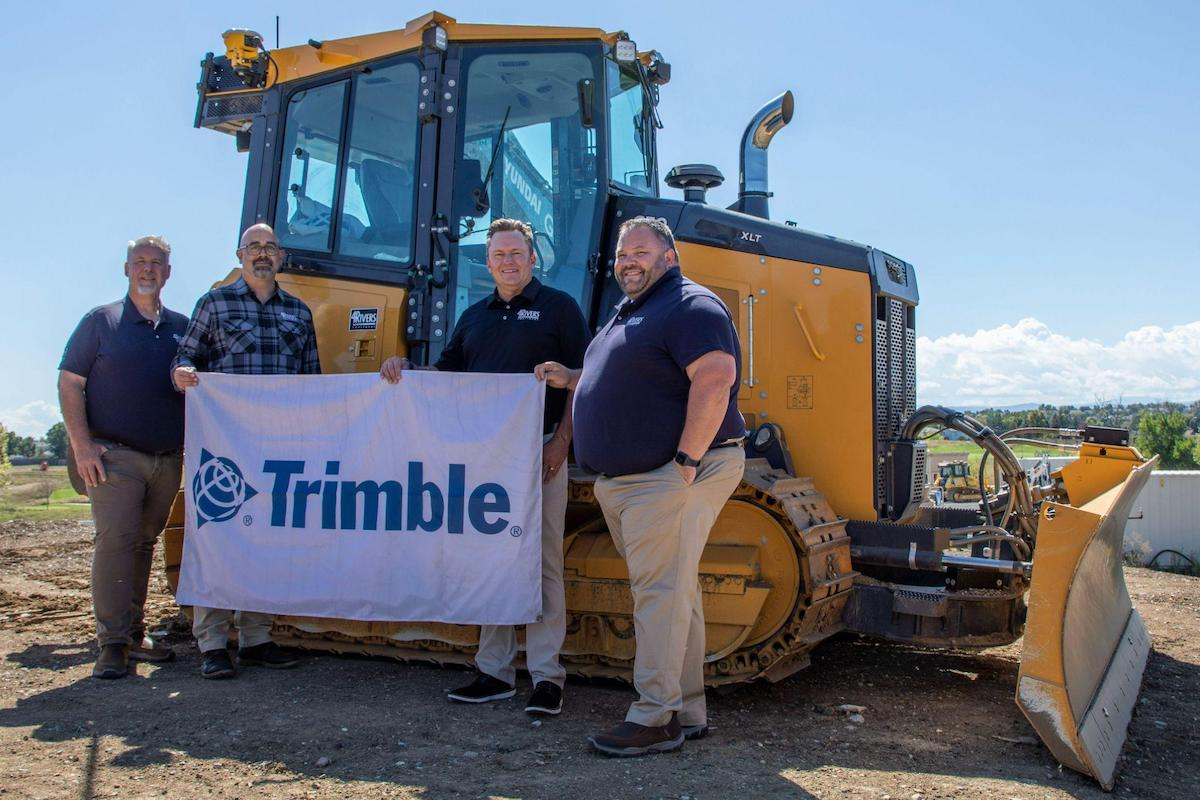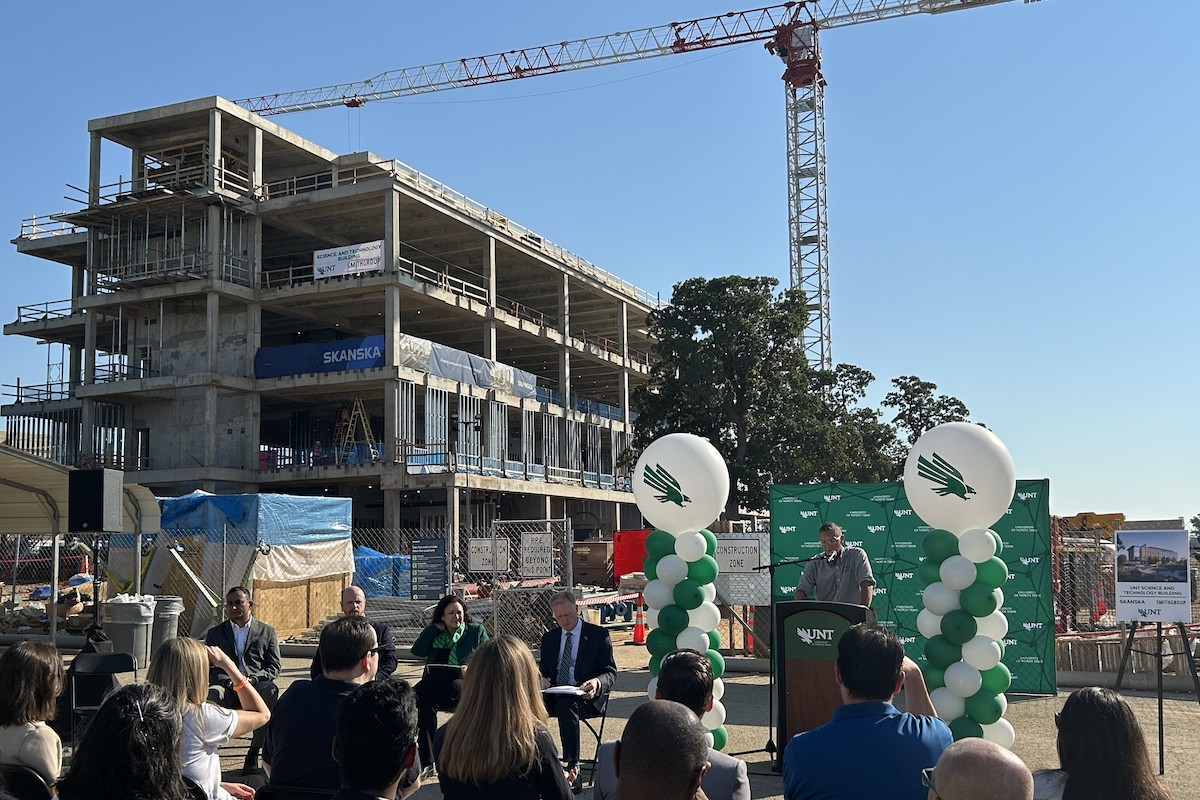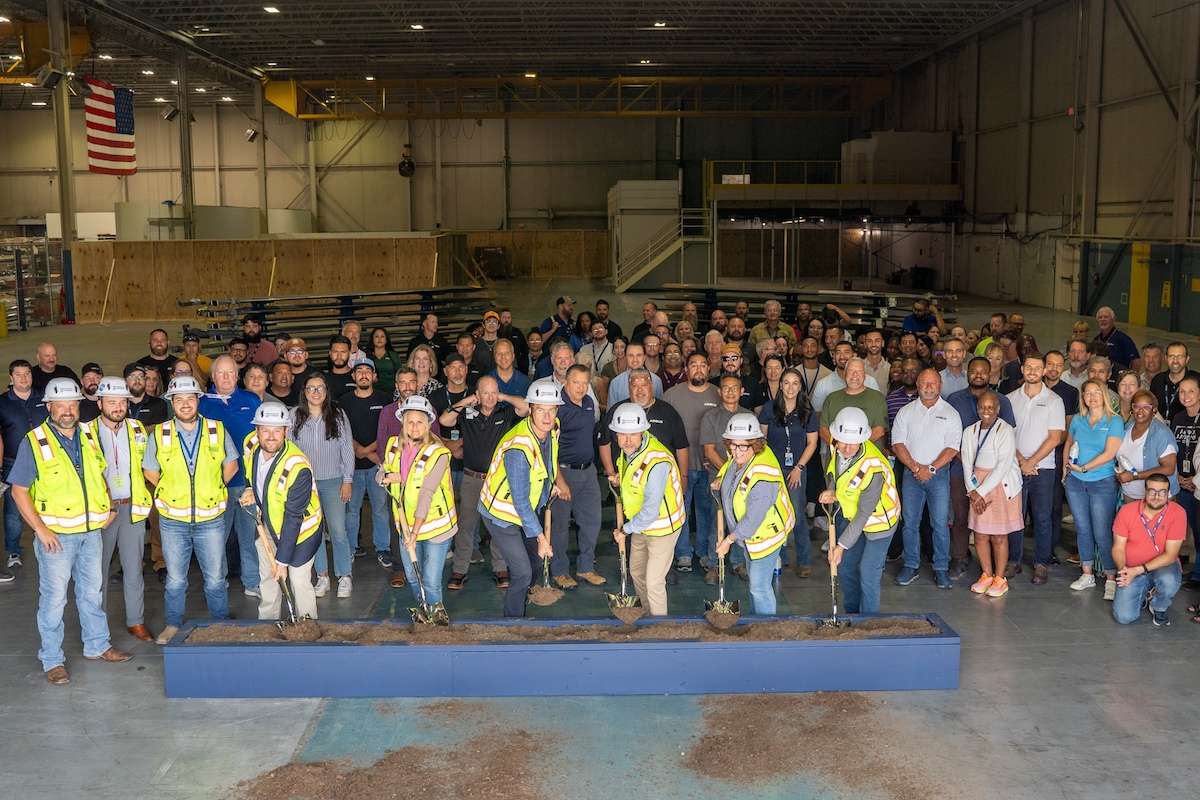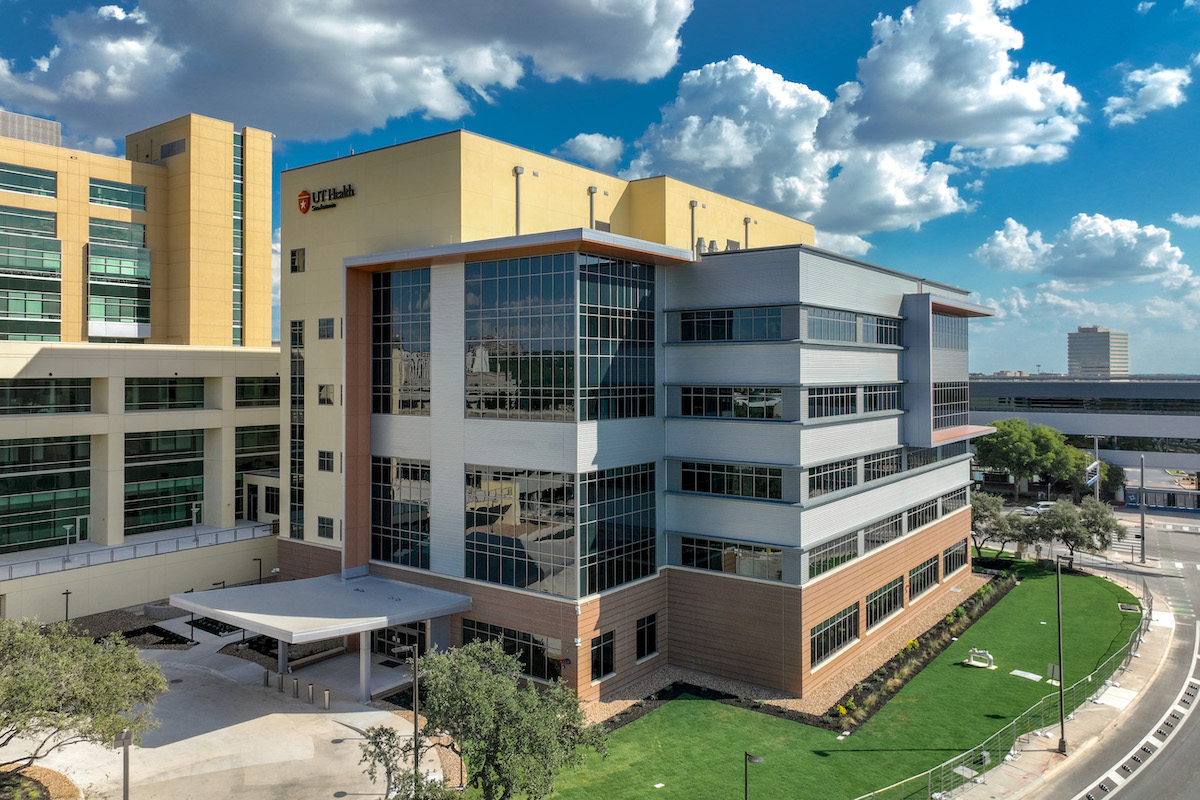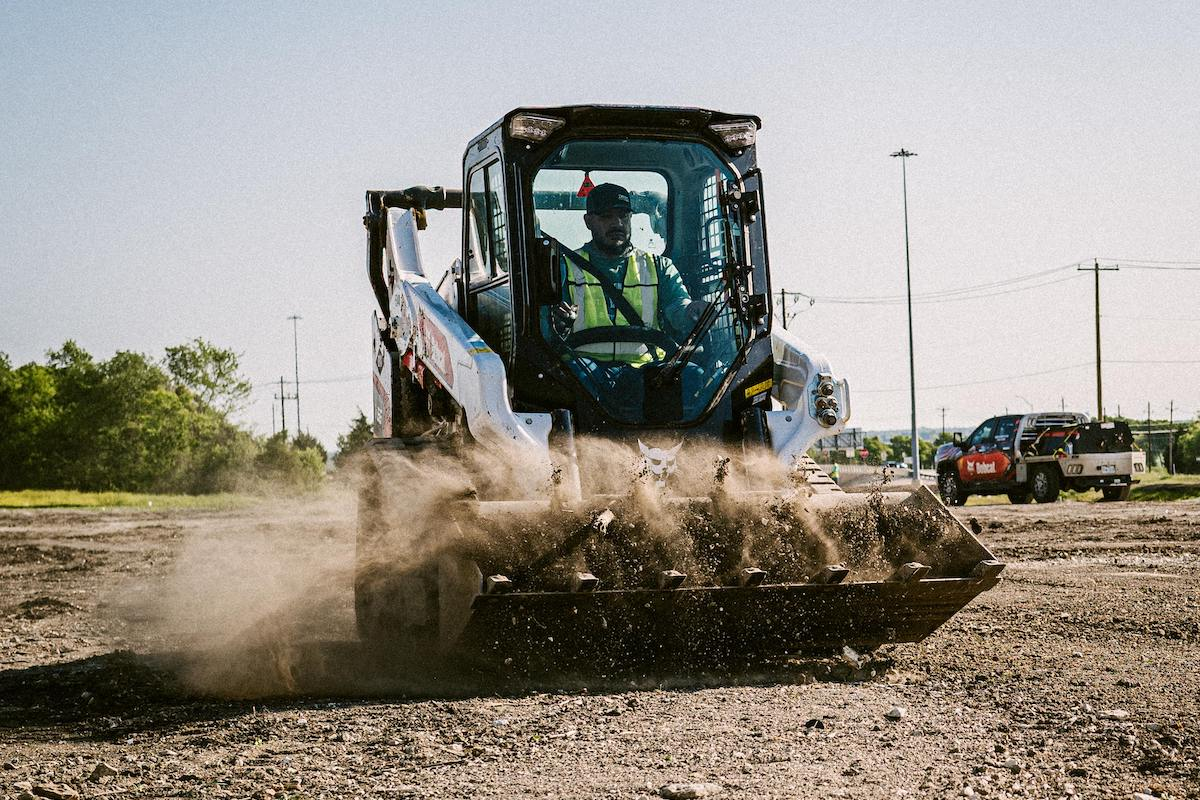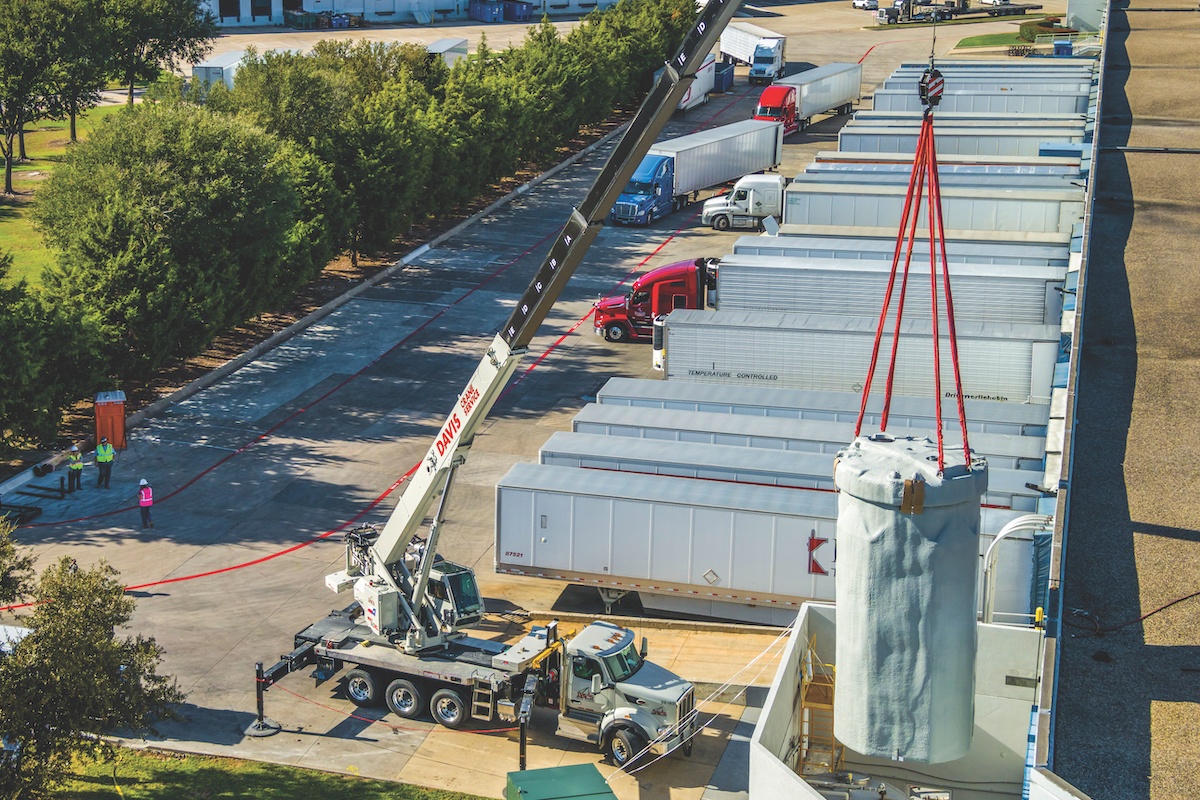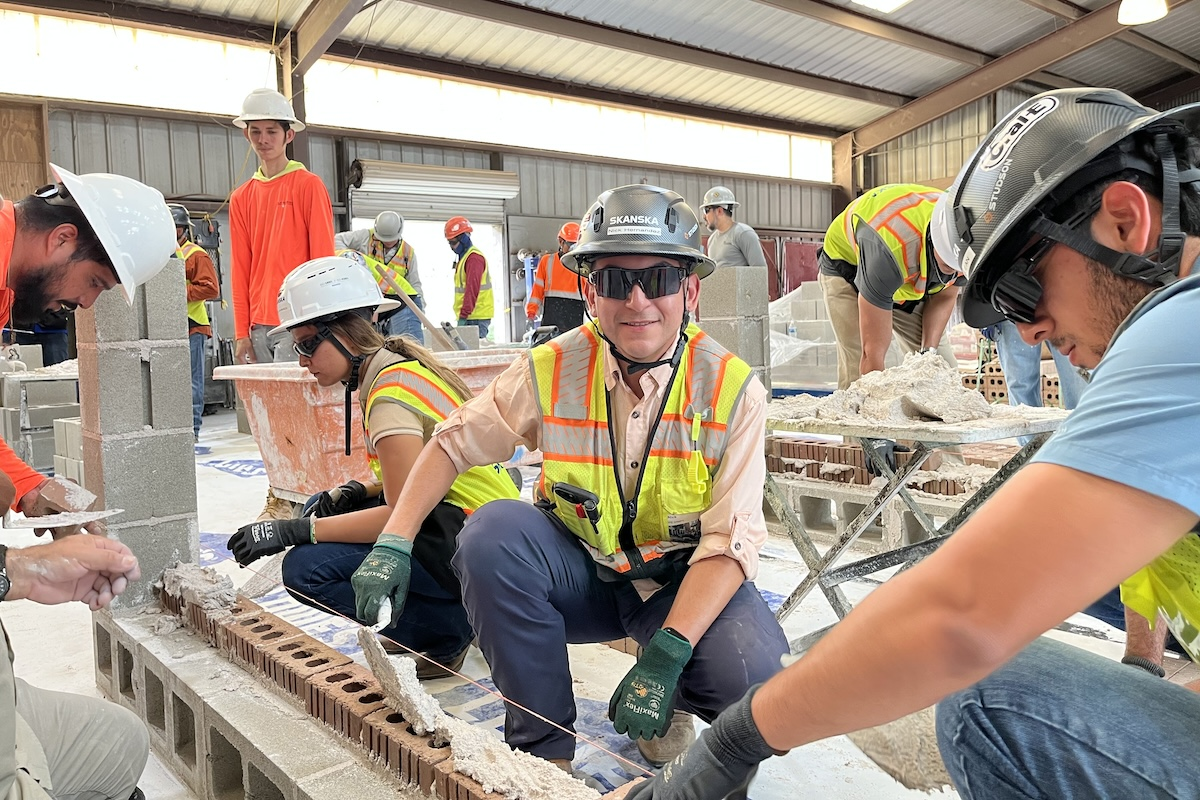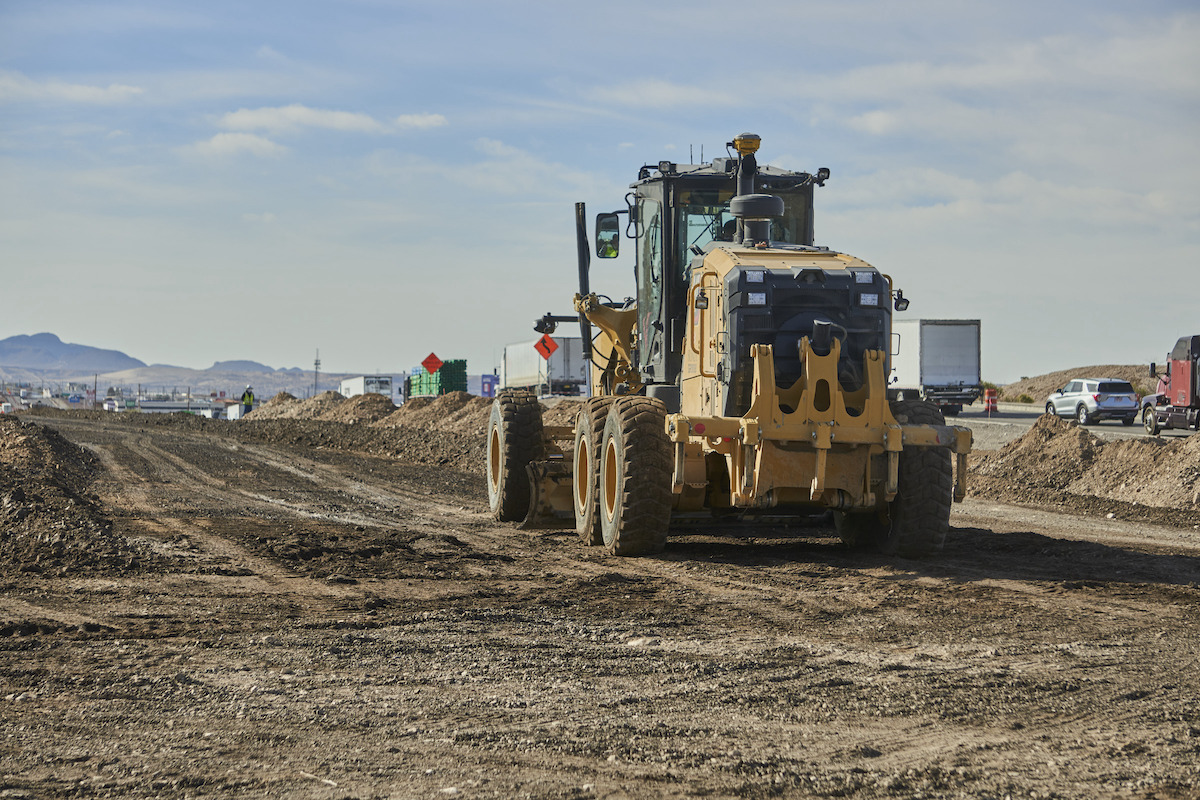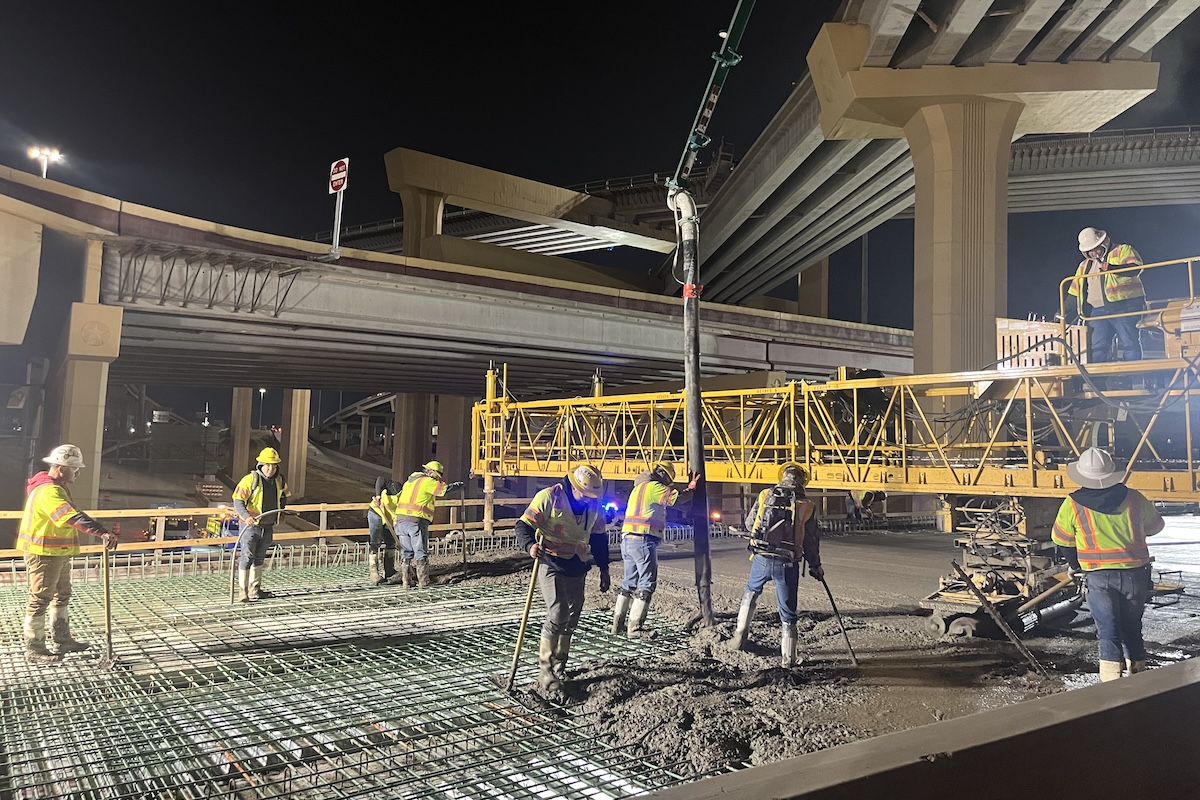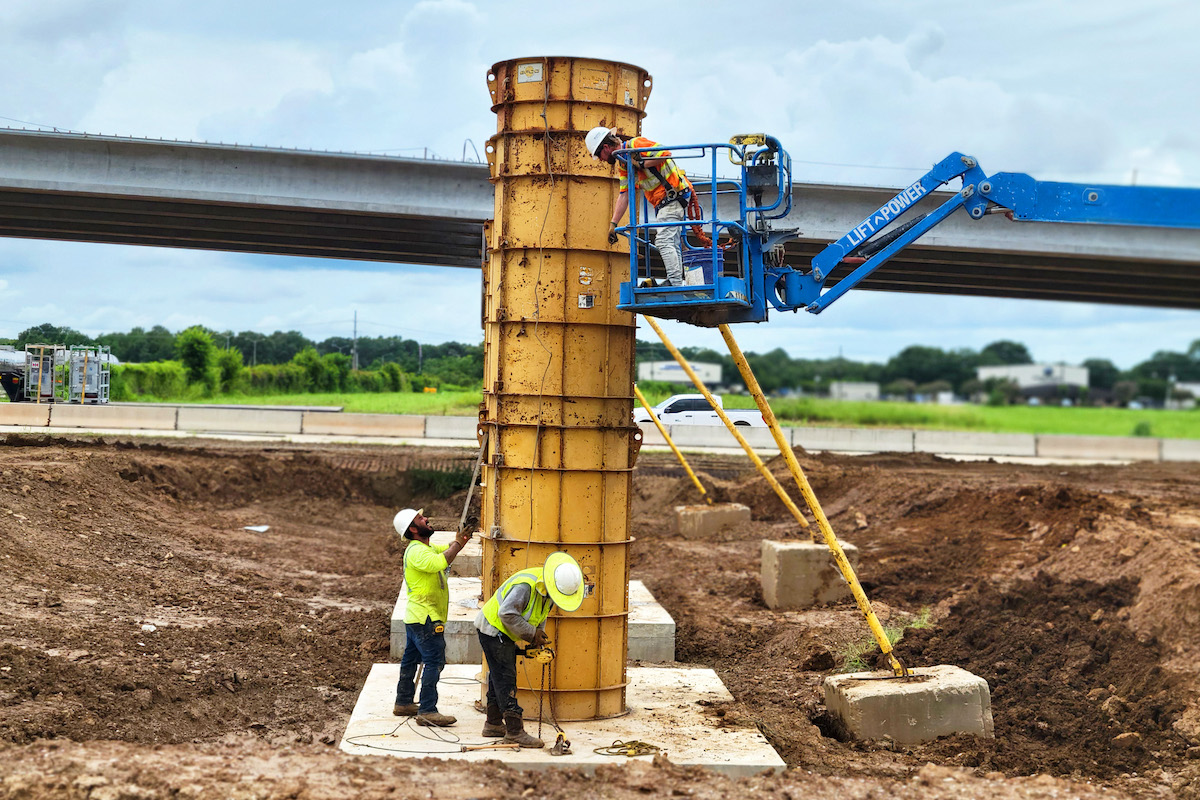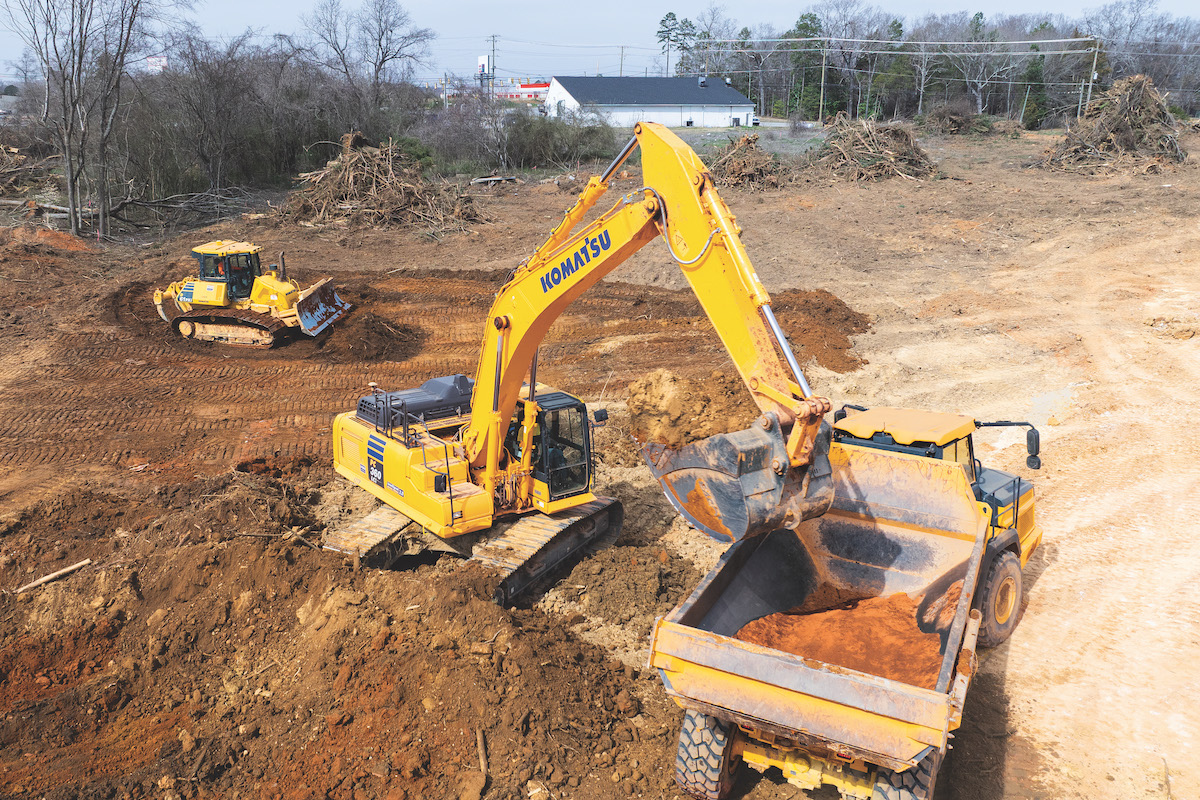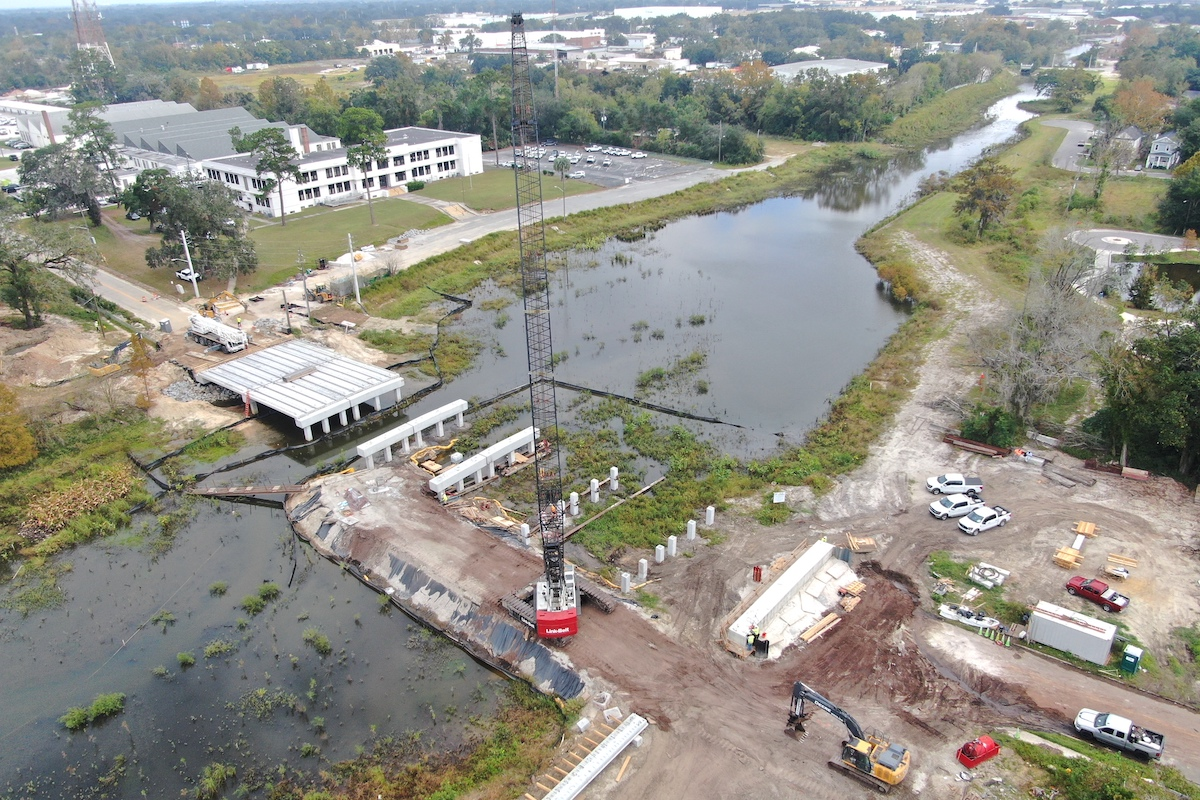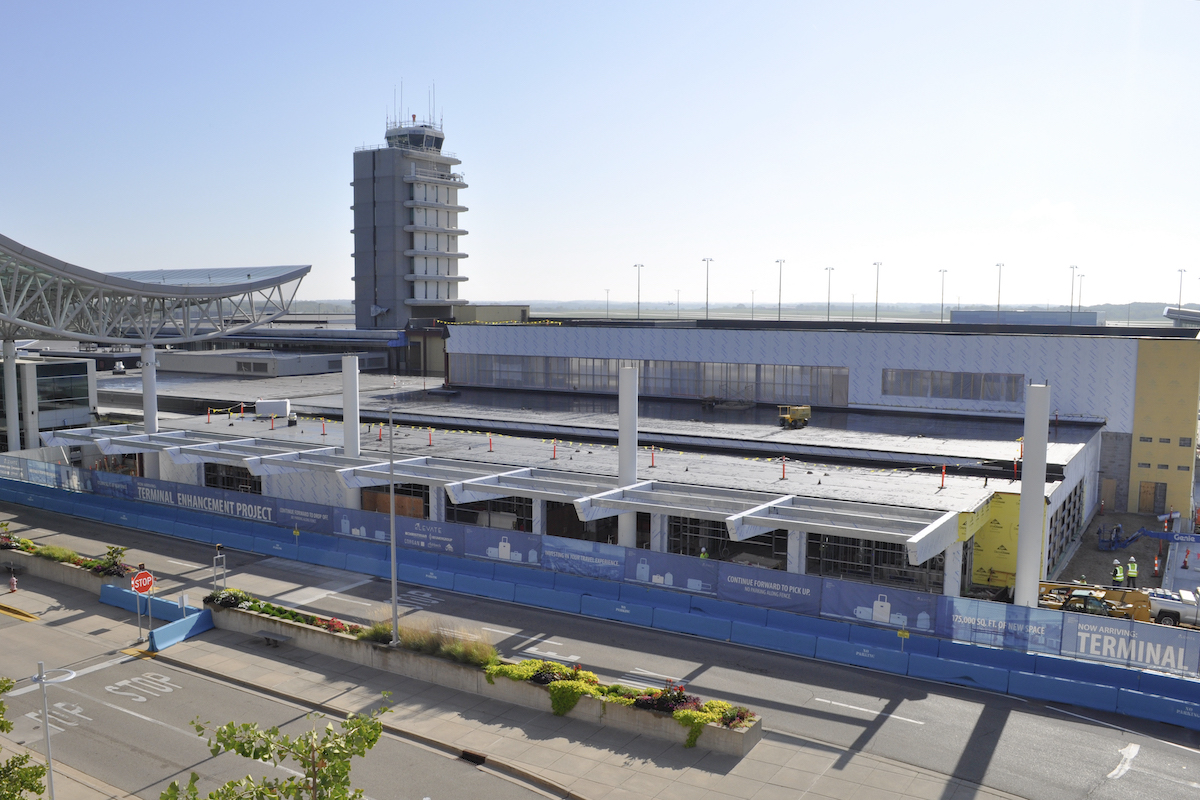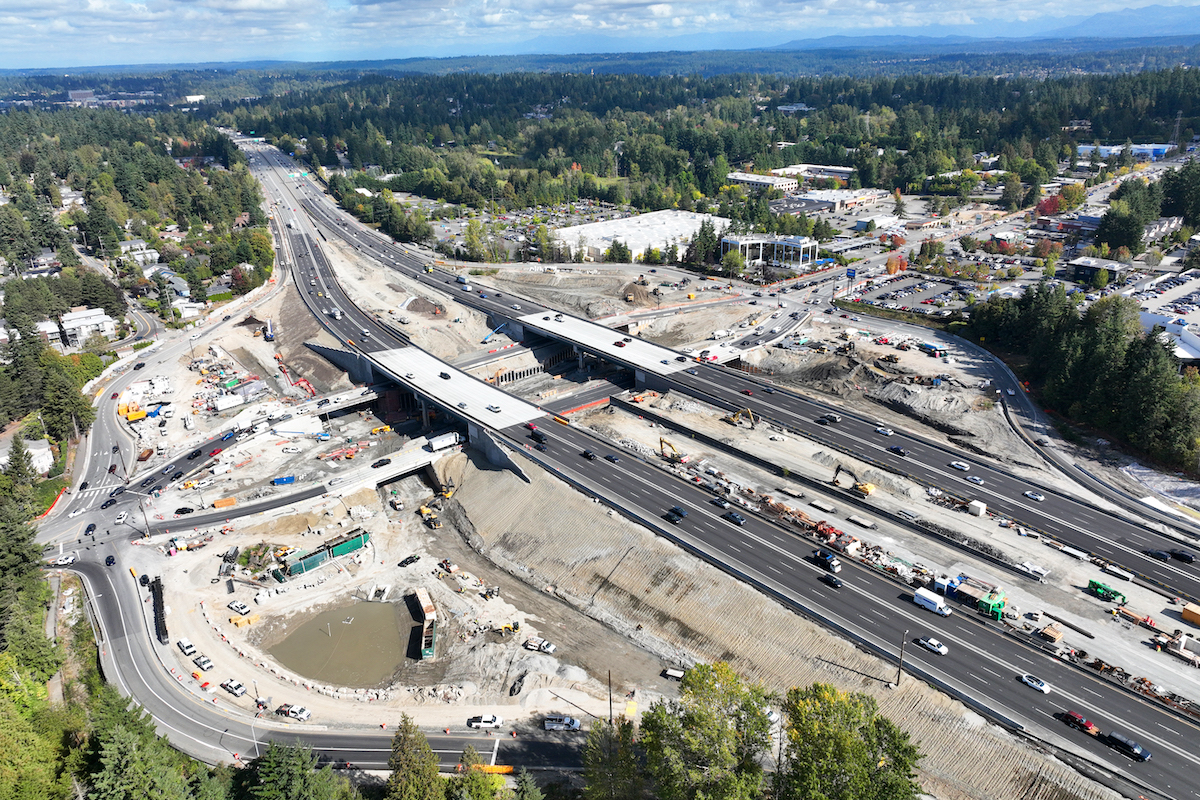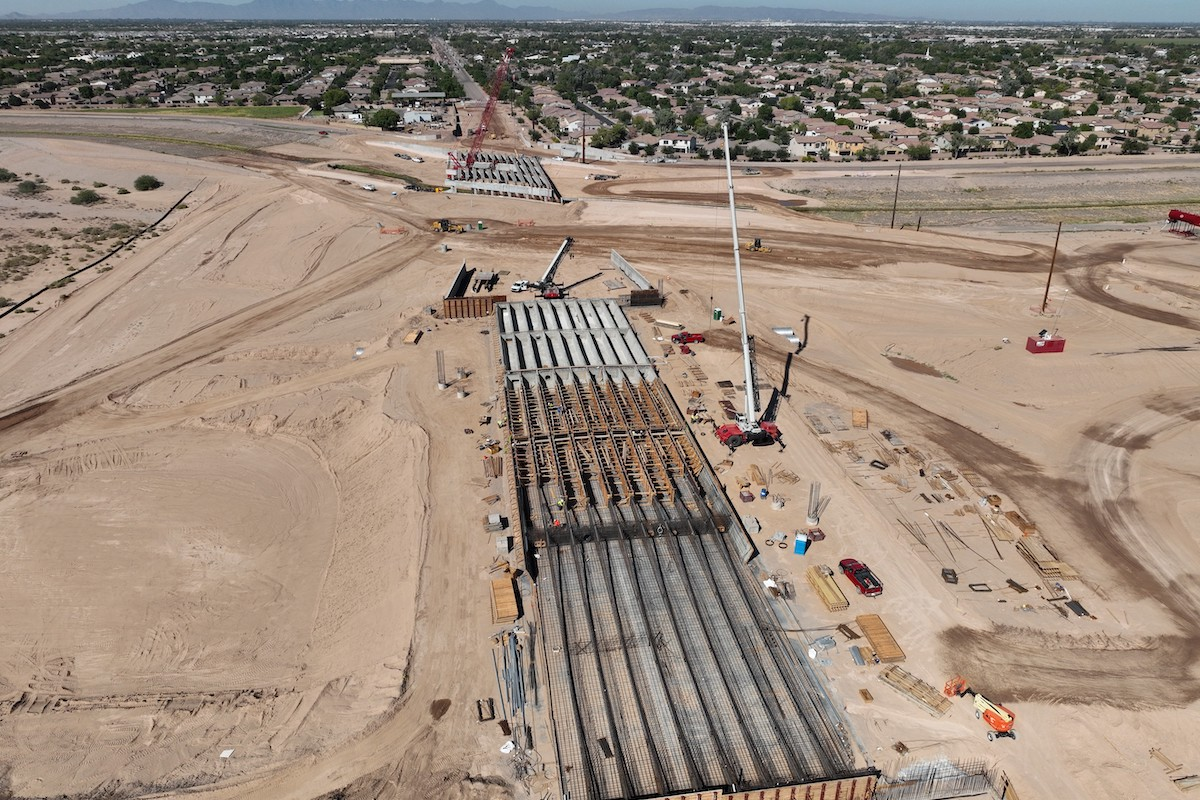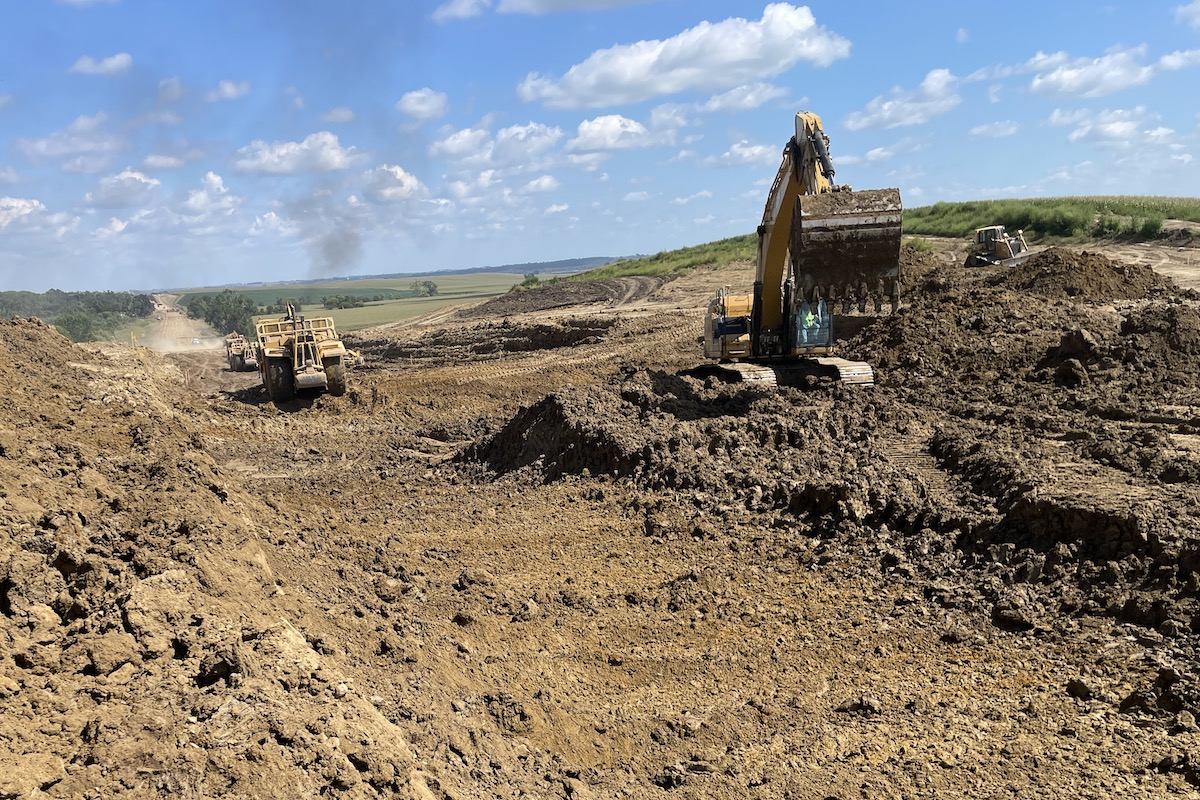Keeping heavy equipment operational is tougher than ever. Fleets are comprised of new, used, and older machines that are consistently put through the paces in rigorous conditions. As the industry faces high and fluid demand, investing in heavy machinery is costly, especially against tight margins. It’s hard to balance. Focusing on machine uptime, improved fleet management, and data-driven maintenance is the answer to increasing asset reliability and reducing downtime.
The construction industry is heavily intertwined with many other sectors fundamental to the health and prosperity of communities and the country, including utilities. The global utility system construction market is predicted to grow over the next decade due to infrastructure modernization needs; investments in renewable energy projects; and the demand for reliable water, gas, and electricity. Furthermore, with energy demand rising at an unprecedented rate and a majority of the power grid needing major upgrades, utilities must simultaneously expand and repair.
This is not achievable without contractors and heavy machinery. Companies can’t risk their machines failing, stalling projects, and delaying important work that keeps the lights on for customers. Here’s a look at what contractors can do to keep their machines running optimally and eliminate downtime surprises.
Most machines in use today have onboard computers, integrated sensors, and software that simply can’t be fixed with hand tools. Laptops and tablets are needed to understand the big picture and diagnose issues more effectively, in collaboration with traditional tools and hardware. But companies need solutions that are meant to withstand the trials and tribulations of working in harsh conditions.
Unlike consumer-grade laptops and tablets, rugged solutions are designed to withstand extreme temperatures, dirt, drops, and water. They feature sunlight-readable and gloved touch-friendly displays. With these capabilities, technicians always have access to the information they need when conducting inspections or performing maintenance. They don’t have to wait until they get back to the office before filling out maintenance logs and reports. Data is captured in real time at the point of action, creating a more accurate picture of equipment health.

| Your local LeeBoy dealer |
|---|
| ASCO Equipment |
| Closner Equipment Co Inc |
| Romco Equipment Co |
| Bee Equipment Sales Ltd |
Many rugged mobile solutions feature multiple connectivity options (like 4G, 5G, and other industry-specific LTE networks) to ensure teams stay connected, no matter where the job site is. Always-on connectivity allows technicians to access live video footage; video call with experts who can’t be on site to streamline the repair process; and communicate seamlessly with other technicians, repair teams, and operators. If a piece of machinery on one job site experiences issues and goes out of commission, operators can reallocate another piece of equipment to keep the project on schedule.
One of the best ways to keep equipment in rotation is to stop it from failing in the first place. Taking a piece of equipment offline for a scheduled hour of maintenance is far better than losing a machine for weeks while it’s transported to and from dealerships for unscheduled repairs. This makes predictive maintenance vital to the heavy equipment lifecycle.
With real-time diagnostic alerts, technicians can respond immediately to intervene before issues escalate. Rugged laptops and tablets enable technicians and operators to connect to machines and cloud-based programs in the field to schedule maintenance before full breakdowns occur.
As machines increasingly feature computer-based functionality, rugged mobile laptops and tablets can connect through user-removable and swappable ports. This lets mechanics connect directly to both new and legacy onboard systems and interfaces with limited hassle. Technicians can check engine performance, emissions, and fuel pressure quickly and accurately. This keeps repair teams focused and eliminates time spent making sure they have the right adapters or driving back to the office because they forgot a specific cable.

| Your local Astec dealer |
|---|
| Closner Equipment Co Inc |
Furthermore, advancements in connected precision repair technologies such as borescopes and cameras broaden what can be done on site versus the repair shop. Connecting these systems to a rugged computer speeds up reporting and documentation, maximizing the functionality of high-end repair tools.
Today, fleet management means more than just knowing where your equipment and machines are in the field. It involves telematics, IoT sensors, and software tools to show how well each piece of heavy machinery is working, how often it’s used throughout the day, and if it’s being used effectively for the task at hand. This real-time visibility helps monitor the efficiency, safety, and security of equipment.
Rugged computing solutions designed to operate advanced fleet management applications and software give teams the ability to track data like fuel consumption, engine health, and routing in real time, even from remote or rural locations.
For instance, when a large-scale power grid project takes place across hundreds of miles, construction crews and equipment spread out across long distances. Rugged laptops and tablets keep them updated on the status of each piece of equipment. And, if ground conditions are unsuitable or engines run hot due to field temperatures, teams can make informed decisions that put machines where they can be most successful.

| Your local Wirtgen America dealer |
|---|
| Nueces Power Equipment |
| Kirby-Smith Machinery |
As construction contractors and utilities work together to meet demand, keeping machines running and fleets optimized is key to success. Rugged mobile solutions bring reliable communication between teams, improved access to real-time data, and a more proactive approach to maintenance and operations.
This level of visibility empowers organizations to make smarter, quicker decisions; optimize routes; reduce idle time; and lower operational costs. With tighter budgets and sustainability requirements, a big-picture view of all machines is invaluable.
Michael Trafton is a Business Development Manager for Panasonic Connect North America.

